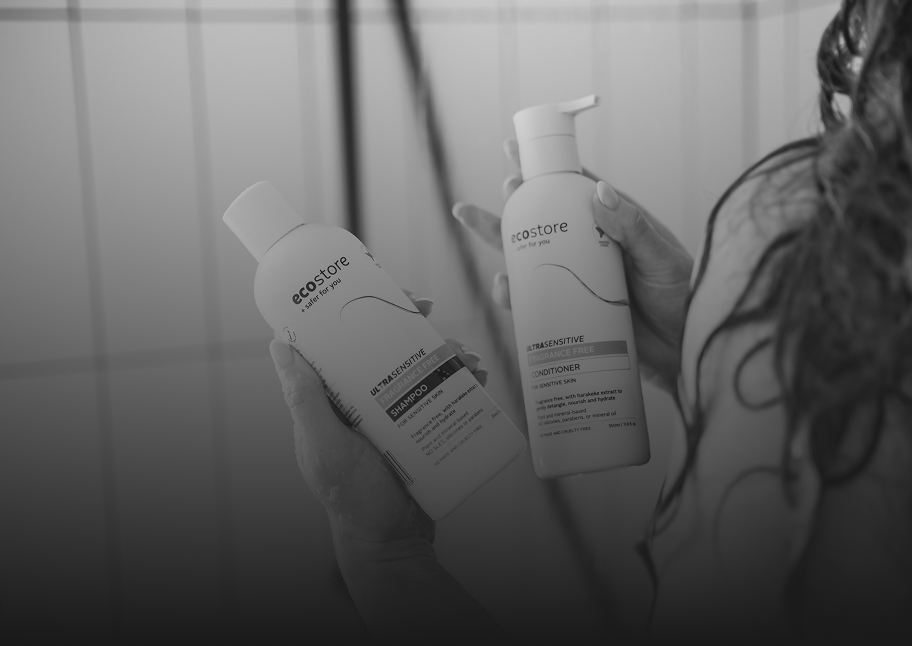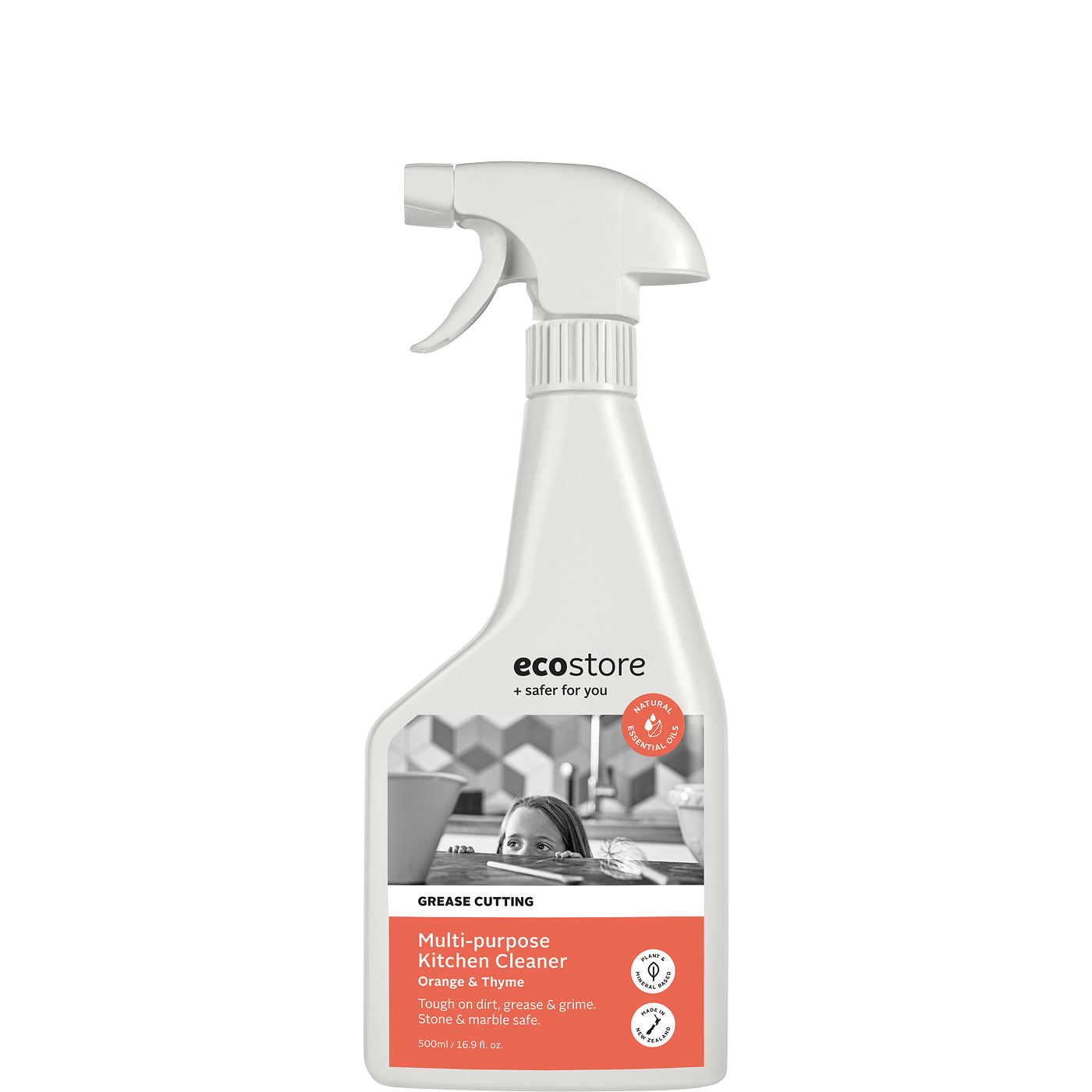Ingredient - Silicones
Silicones are a family of synthetic chemicals frequently used in skin and hair care products to create a protective barrier against moisture and humidity, leaving a soft, slippery feel. There are some concerns around the impermeability of silicones, as well as their impact on the environment, which is why we choose to leave them out of our products.
Silicones are typically created by reacting silicon (element 14 in the periodic table) with methyl chloride (a flammable gas) and water, which gives them an inorganic backbone of silicon (Si) and oxygen (O). This creates polymers which are flexible, stable and resistant to a wide range of temperatures and environmental conditions. They can be manufactured in solid and liquid forms, which makes them useful in many applications from electronics to construction to consumer products.
Silicones commonly found in personal care products include Dimethicone, Cyclohexasiloxane and Cyclopentasiloxane. These are non-soluble silicones, which means they are not removed or penetrated by water after adhering to skin or hair. While these ingredients are designed to create a protective coating, they also prevent moisture and nourishing ingredients from penetrating hair. Over time, this can lead to dry or damaged hair, sealed away behind a barrier. This build up of non-soluble silicones can be difficult to remove, and may require harsher surfactants to effectively clean hair.
When it comes to the environmental impacts of silicones, some silicone-based molecules have been shown to persist in the environment and are slow to biodegrade. Environment Canada assessed cyclotetrasiloxane (D4) and cylcopentasiloxane (D5), two volatile silicones commonly used in personal care products and cosmetics, and concluded they were toxic to the environment with the potential to bioaccumulate in aquatic organisms.
‘Silicones’ is a general term describing a diverse group of chemicals. While some silicones may be generally considered safe for human health, we prefer to take a cautious approach towards interrupting the body's natural barriers (such as the acid mantle on the skin), which is why we leave silicones out of our products.
REFERENCES:
Screening Assessment for the Challenge Decamethylcyclopentasiloxane (D5)
https://www.cyclosiloxanes.org/uploads/Modules/Links/10.-environment-and-health-canada-screening-assessment-for-the-challenge-decamethylcyclopentasiloxane-(d5).pdf
Nair, B., & Cosmetic Ingredients Review Expert Panel (2003). Final report on the safety assessment of stearoxy dimethicone, dimethicone, methicone, amino bispropyl dimethicone, aminopropyl dimethicone, amodimethicone, amodimethicone hydroxystearate, behenoxy dimethicone, C24-28 alkyl methicone, C30-45 alkyl methicone, C30-45 alkyl dimethicone, cetearyl methicone, cetyl dimethicone, dimethoxysilyl ethylenediaminopropyl dimethicone, hexyl methicone, hydroxypropyldimethicone, stearamidopropyl dimethicone, stearyl dimethicone, stearyl methicone, and vinyldimethicone. International journal of toxicology, 22 Suppl 2, 11–35.
Free shipping on orders over $130
Love me or your money back guarantee
Ingredient - Silicones






